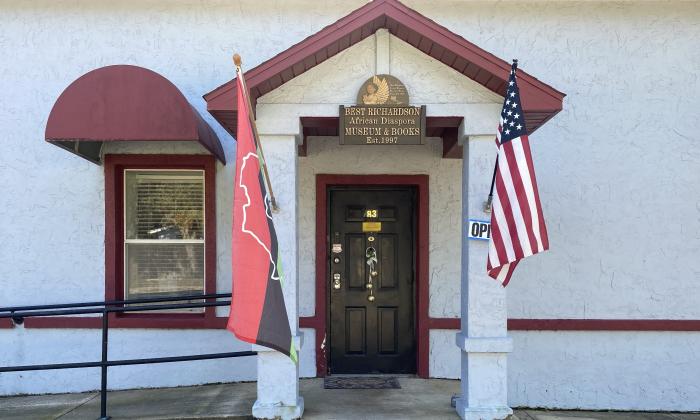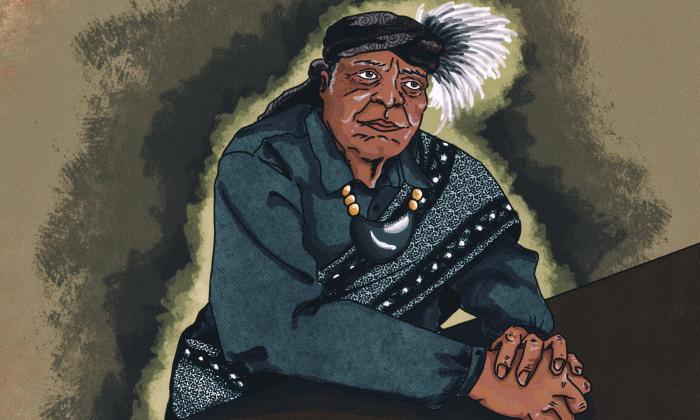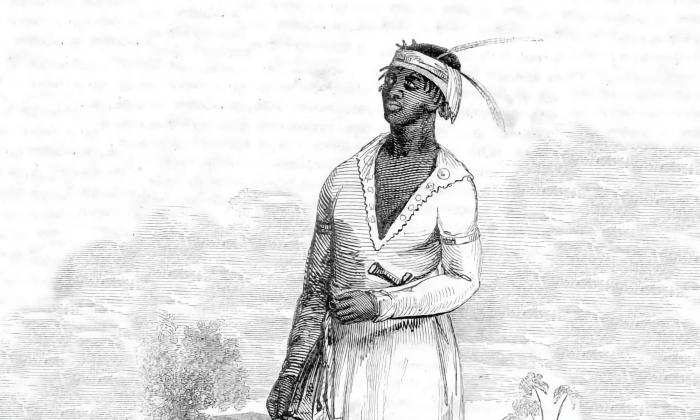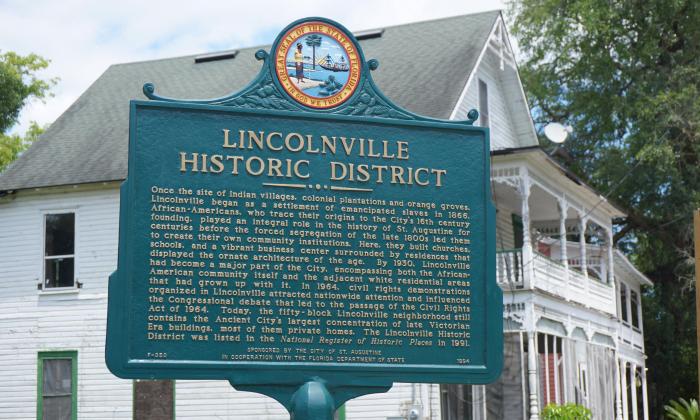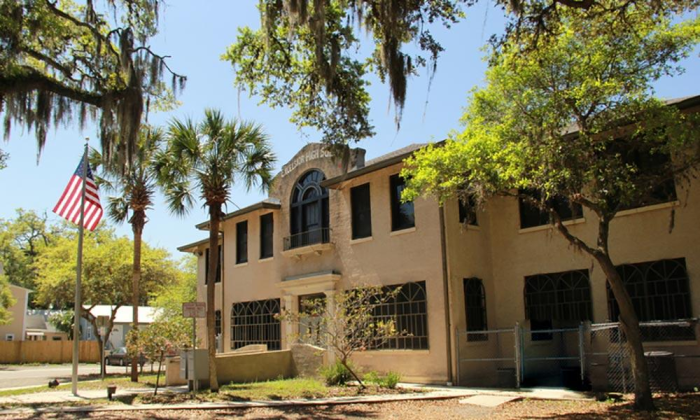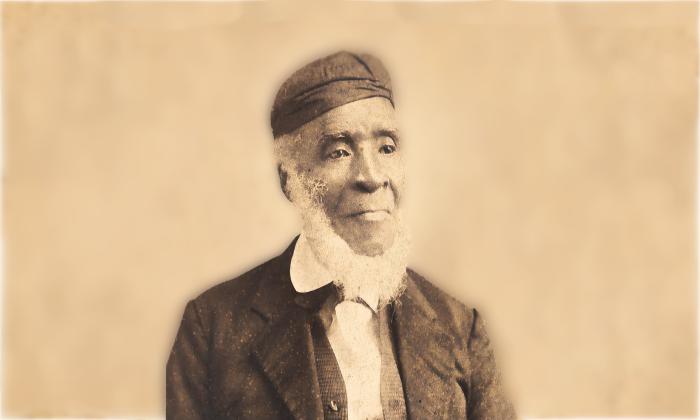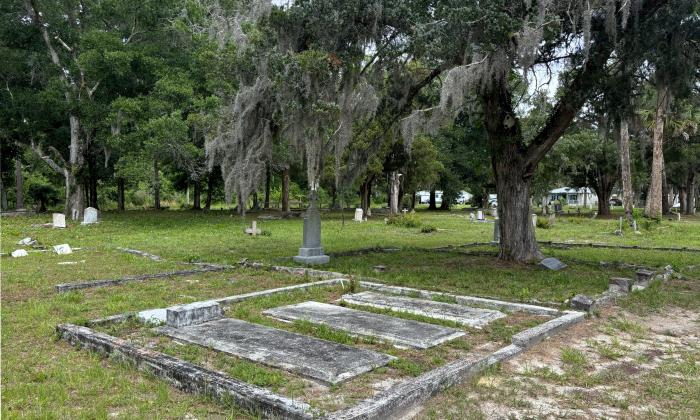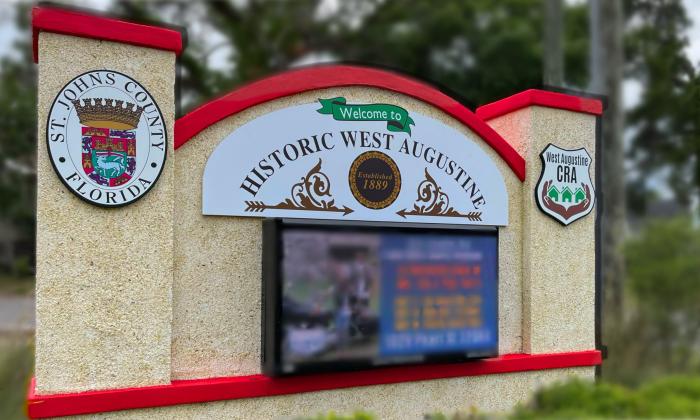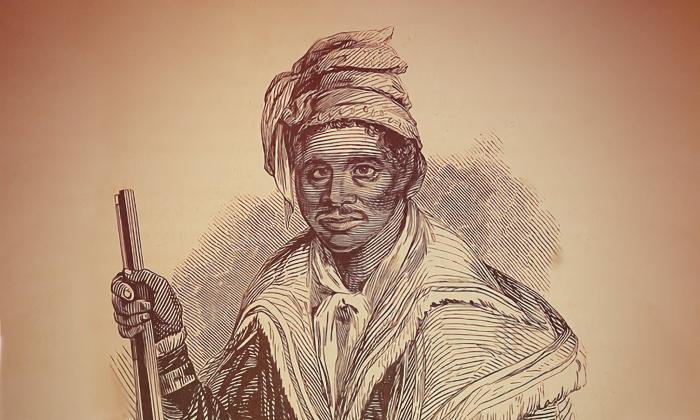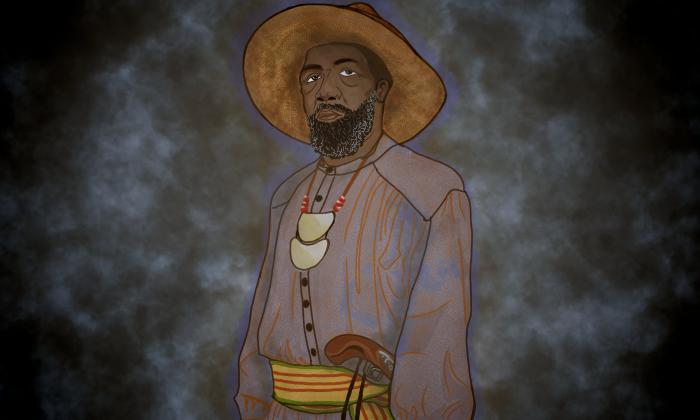
American Territorial Period (1821-1845)
Florida’s northern border no longer international.
How the American Territorial Period Started
After several tumultuous years, relations between the U.S. and Spain had weakened. In 1821, Florida peacefully became a United States territory through the Adams-Onís Treaty.
The Spanish subjects who stayed in St. Augustine became American citizens, while others emigrated to Cuba. Similarly, African-descended people had to make the choice of emigrating to one of Spain’s other colonies or staying in Florida.
Black People During Florida’s American Territorial Period
Adam-Onís Treaty marked a major regression in the civil rights of African-descended people in Florida. Most who chose to stay in Florida assimilated with the Seminole tribes (or Cimmarones to the Spanish).
A population of Black Seminoles had been growing for more than a decade, living alongside Indigenous people (primarily displaced Creeks) in a semi-separate society.
Resources
Online Resources
The American Period (1821-Present) Summary, from the NPS & Castillo de San Marcos National Monument
“St. Augustine’s Spanish residents not ready to make change to US in 1821,” 2021 article from The St. Augustine Record
Sources on the Lives of Enslaved People in Northeast Florida, reference list from NPS & Timucuan Ecological & Historic Preserve
The Civil Rights Movement in Florida, Learning Unit from Florida Memory
Learning Resources from Resilience: Black Heritage in St. Augustine
Guide to Black History Collections in the Archives of Florida, from Florida Memory
Florida History Online, database from the University of North Florida
Further Reading
Graham, Thomas. 1978. The Awakening of St. Augustine: The Anderson Family and the Oldest City. St. Augustine Historical Society.
Black History of Florida: A Reading List, from The Florida Bookshelf






